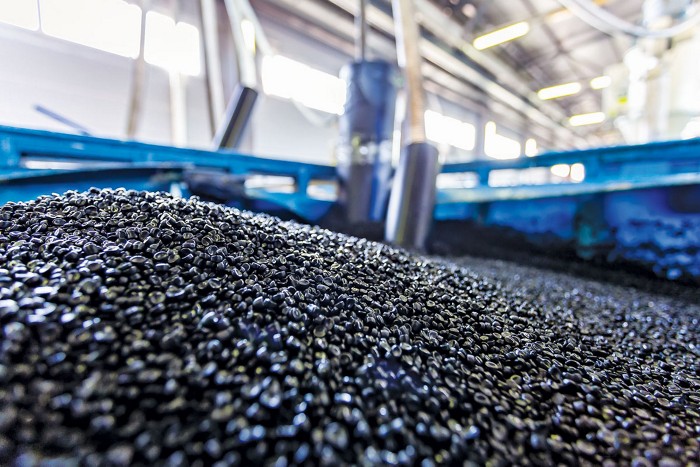Advertisement
Grab your lab coat. Let's get started
Welcome!
Welcome!
Create an account below to get 6 C&EN articles per month, receive newsletters and more - all free.
It seems this is your first time logging in online. Please enter the following information to continue.
As an ACS member you automatically get access to this site. All we need is few more details to create your reading experience.
Not you? Sign in with a different account.
Not you? Sign in with a different account.
ERROR 1
ERROR 1
ERROR 2
ERROR 2
ERROR 2
ERROR 2
ERROR 2
Password and Confirm password must match.
If you have an ACS member number, please enter it here so we can link this account to your membership. (optional)
ERROR 2
ACS values your privacy. By submitting your information, you are gaining access to C&EN and subscribing to our weekly newsletter. We use the information you provide to make your reading experience better, and we will never sell your data to third party members.
Environment
One Pot, Six Chiral Centers
June 23, 2008
| A version of this story appeared in
Volume 86, Issue 25
By using an amine-based catalyst, researchers at Aarhus University, in Denmark, have sculpted six chiral centers into a molecule in one fell swoop (Chem. Commun., DOI: 10.1039/b806418k). Beginning with an unsaturated aldehyde and a tricarbonyl compound, neither of which contain stereocenters, Karl Anker Jørgensen and colleagues developed reaction conditions that form just one bicyclic product out of 64 possible stereoisomers. The team chose a proline derivative featuring a silicon-protected hydroxyl group as the catalyst and added benzoic acid and the cyclic amine base piperidine to help carry out the transformation. The mechanism of the one-pot reaction is not yet clear, but the process generates four carbon-carbon bonds and six chiral centers with excellent selectivity, making a fused ring system found in compounds that show antitumor activity. The method works with a range of aldehydes (one example shown), but aromatic aldehydes gave the best yields. The reaction is "very impressive," says catalysis expert Miguel A. Yus at the University of Alicante, in Spain, noting that the Aarhus team can make products on a gram scale and purify them by crystallization.






Join the conversation
Contact the reporter
Submit a Letter to the Editor for publication
Engage with us on Twitter